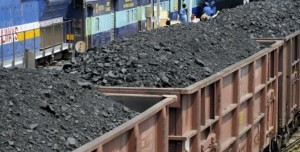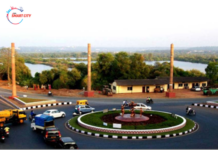
 In a desperate attempt to improve its financial condition, the cash-strapped Railway Ministry is all set to build rail connectivity to coal bearing areas in central and eastern India by involving stakeholders like Coal India and National Thermal Power Corporation (NTPC) as part-investors.
In a desperate attempt to improve its financial condition, the cash-strapped Railway Ministry is all set to build rail connectivity to coal bearing areas in central and eastern India by involving stakeholders like Coal India and National Thermal Power Corporation (NTPC) as part-investors.
Sources in the Railway Ministry said the step was taken to improve the financial condition of the ministry, and implement several national projects which were lying pending for the last several years due to fund crunch.
Significantly railways get about a third of its overall revenue from coal transportation. These rail lines entailing a collective investment to the tune of Rs 10,000 crore can potentially boost India’s coal output by a massive 300 million tonne, following the fact that transportation bottlenecks hamper development of potentially rich coal mines in these areas.
The ministry has set 2016 as a deadline to make the railway connectivity operational.
Immediately after assuming his office, Railway Minister DV Sadananda Gowda is believed to have a crucial meeting with all the railway board members and took stock of the present state of affairs of the ministry.
Gowda had reportedly told the board members to take all possible steps to increase the revenue generation of the ministry.
And in this connection the railway connectivity to the coal belt areas assumes special significance.
While the new rails to pitheads will be built in Jharkhand, Chhattisgarh and Odisha, NTPC will be extending some of these lines to its upcoming power stations along the east coast.
Coal India’s output for 2014 was 462 million tonne and it accounts for 80 percent of India’s total production of the fuel.
Significantly, to put all these projects on the fast track, the Railway Board has mooted the idea of a high-level infrastructure committee which will look into the pithead and port connectivity projects.
The Railway Board official said that the coal stock at the pithead has come down from 75 million tonne to 57 million tonne and it will further go down once the projects get started.





















